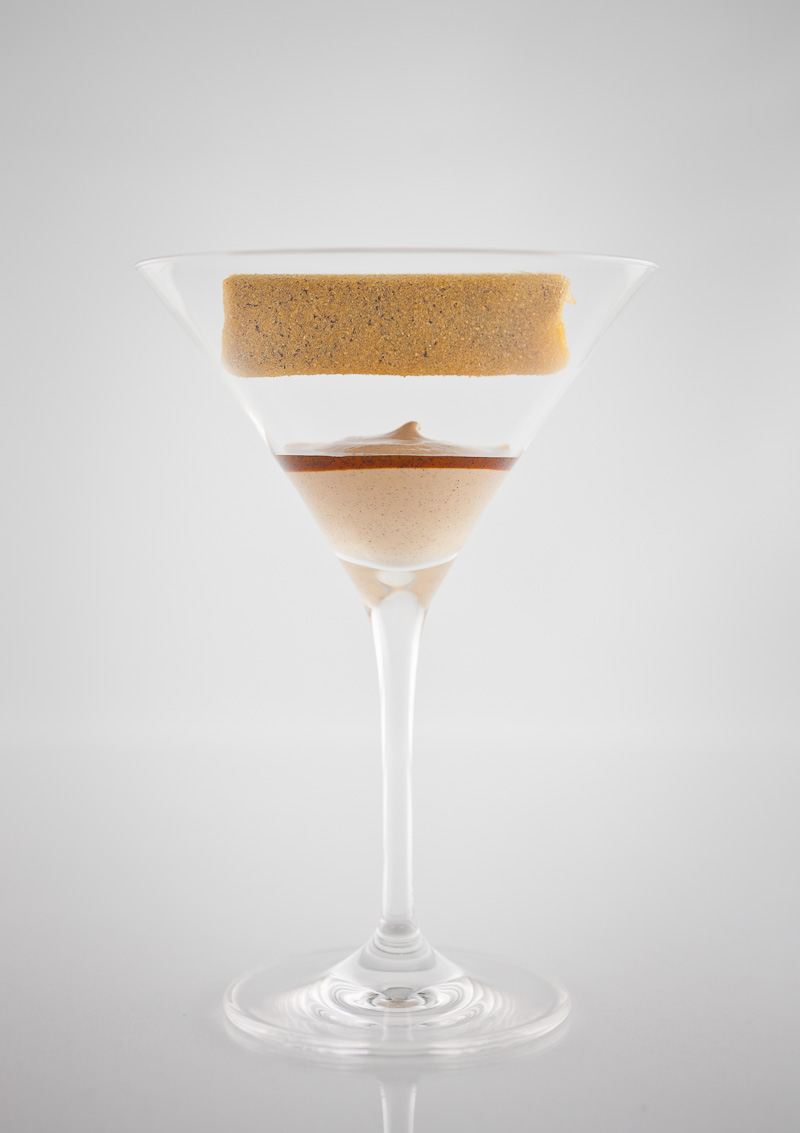
Before I dig into talking about this dish, I want to make a small note of something: I’m very thankful. Without wanting to dip too deeply into the well of hyperbolic gushing, I nevertheless want to express some gratitude. I’m thankful firstly for Sarah and her endless patience as I repeatedly destroy and clean up our kitchen, squander beautiful sunny days inside carefully measuring drops of pine oil or cursing at collapsed gel layers, and buy kitchen toys that often seem frivolous.
I’m thankful for all my friends, who still listen with interest when I ramble about things like the difference between baking soda and baking powder, who have read this journal from day 1, and who are always willing to try a spoonful of something I’ve made.
I’m very thankful for everyone who reads this, whose enthusiasm compels them to leave comments or write excitable emails telling me they found Umi Budo at a restaurant they ate at the other night. Even the extremely kind notes of “hey cool!” mean a LOT after days and days of failed attempts at things, and are incredibly deeply appreciated.
And lastly, but certainly not leastly, thank you to Nick Kokonas and Grant Achatz for being teachers. In my (completely different from cooking) real-world career, I’ve worked with a lot of extremely brilliant people. Some are willing to share their knowledge, others aren’t. Putting this cookbook out in the world, coming up with an idea like the Mosaic, and being responsive to questions that people like me might ask are things neither of you had to do for Alinea to be successful…and yet you have done all of these things and you’ve done them well. Given how fulfilling this project continues to be, thanks for making it possible.
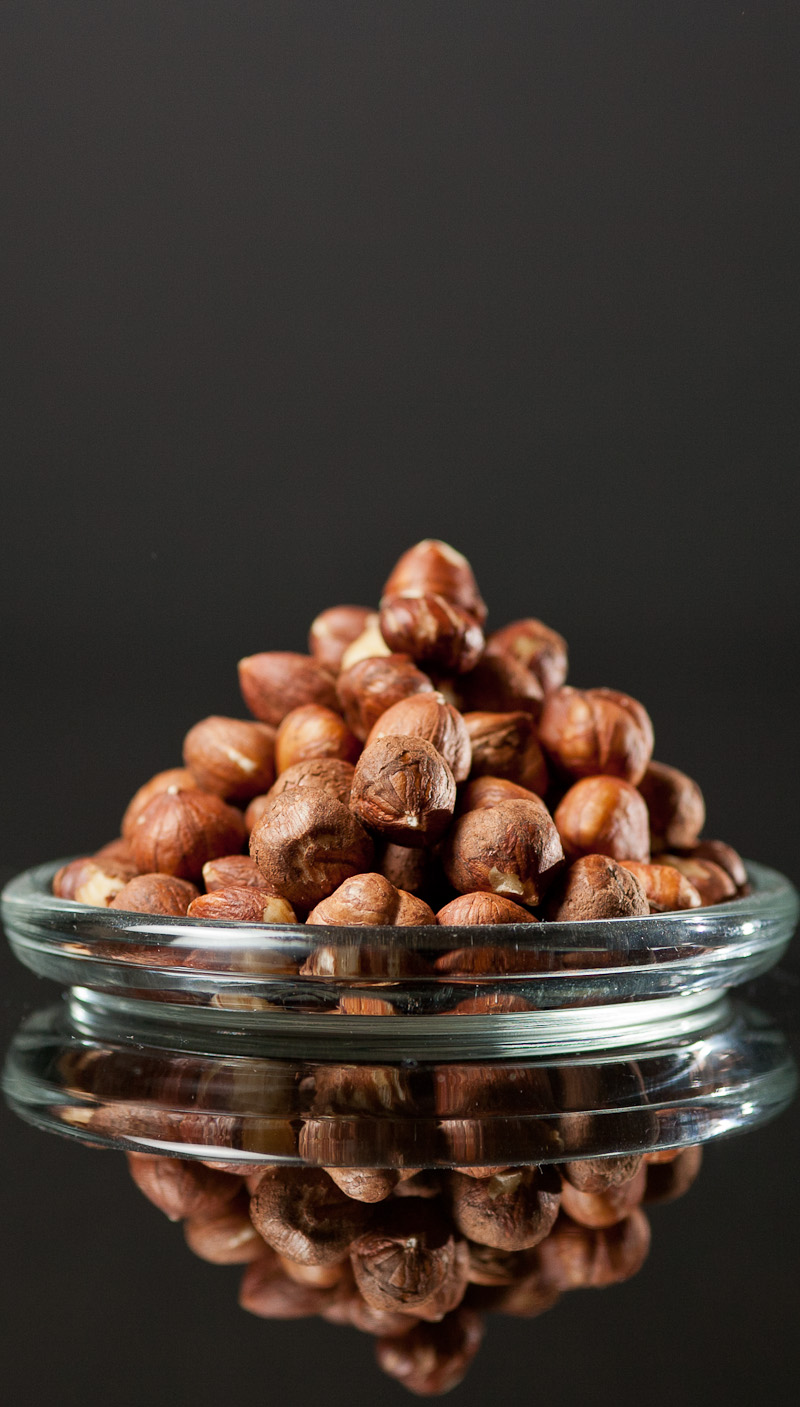
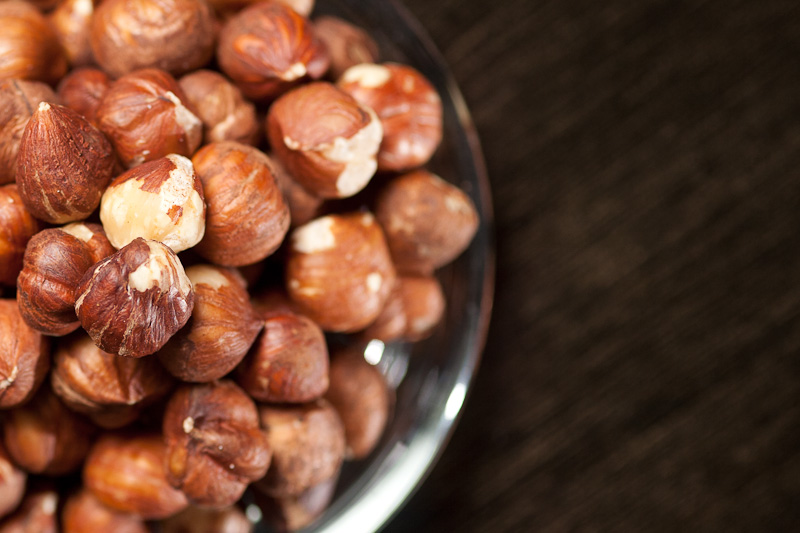
On to the food. Picking this dish to do next was relatively easy: I just flipped the page after doing the Guava dish. The Guava dish lies on the leading edge of the final dessert arc of the Spring menu, which meant this Hazelnut dish should be even sweeter and more ‘desserty’. At least, this is the picture I had in my head when I started.
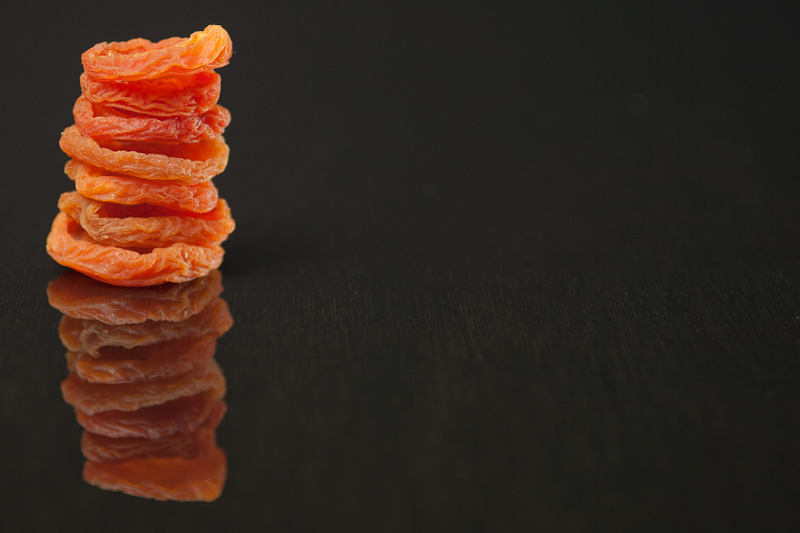
My first order of business was making an Apricot-curry sauce. First I made a ‘tea’ of dried apricots and water, then mixed in some curry and saffron before reducing the whole thing to a thick syrup. This syrup was then emulsified with some oil and lemon juice to form a thick, tangy-sweet sauce. I expected this sauce to be super-sweet, but there’s no added sugar (which is uncharacteristic for an Alinea dessert recipe) and it turned out being very tart and sharp. What it immediately reminded me of was a swanky, deluxe version of Panda Express orange chicken sauce. Which I friggin’ love, but wasn’t really expecting here. I double-checked the recipe and the Alinea errata to see if I’d screwed something up, but everything looked in order. I pressed on.
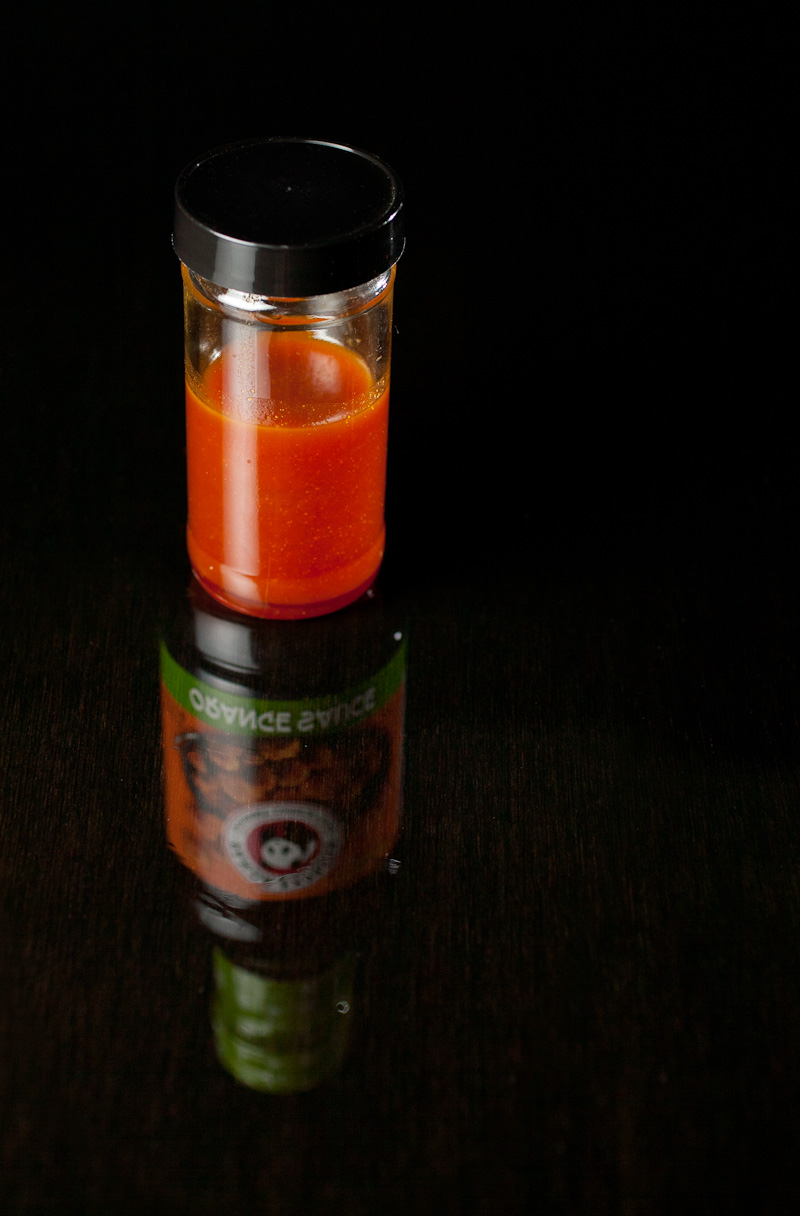
Next I made up the Hazelnut pudding. This is made from soaking toasted hazelnuts in milk overnight, then blending into a puree with hazelnut oil and Gellan. There’s very little sugar added here as well, just a small amount to season the hazelnuts. The pudding tasted deeply of hazelnut essence, but also quite neutral in terms of sweetness/savoriness. I again thought this was a little mysterious given that this is a dessert, but I kept going.
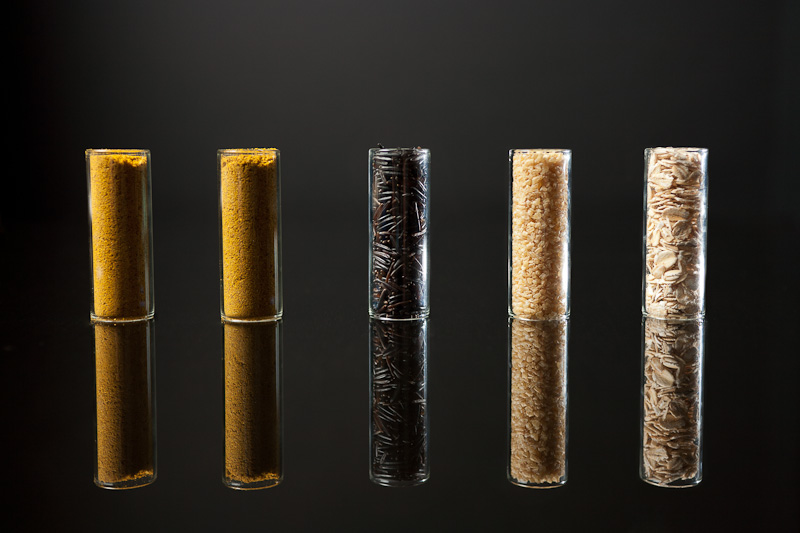
Hovering above the hazelnut pudding is a capsule filled with a granola made from hazelnut, bulgur wheat, rolled oats, puffed wild rice, and a mixture of honey and curry powders. Making the puffed wild rice was cool. The rice is fried in super-hot oil for a brief moment; within a few seconds the rice puffs like a popcorn kernel.
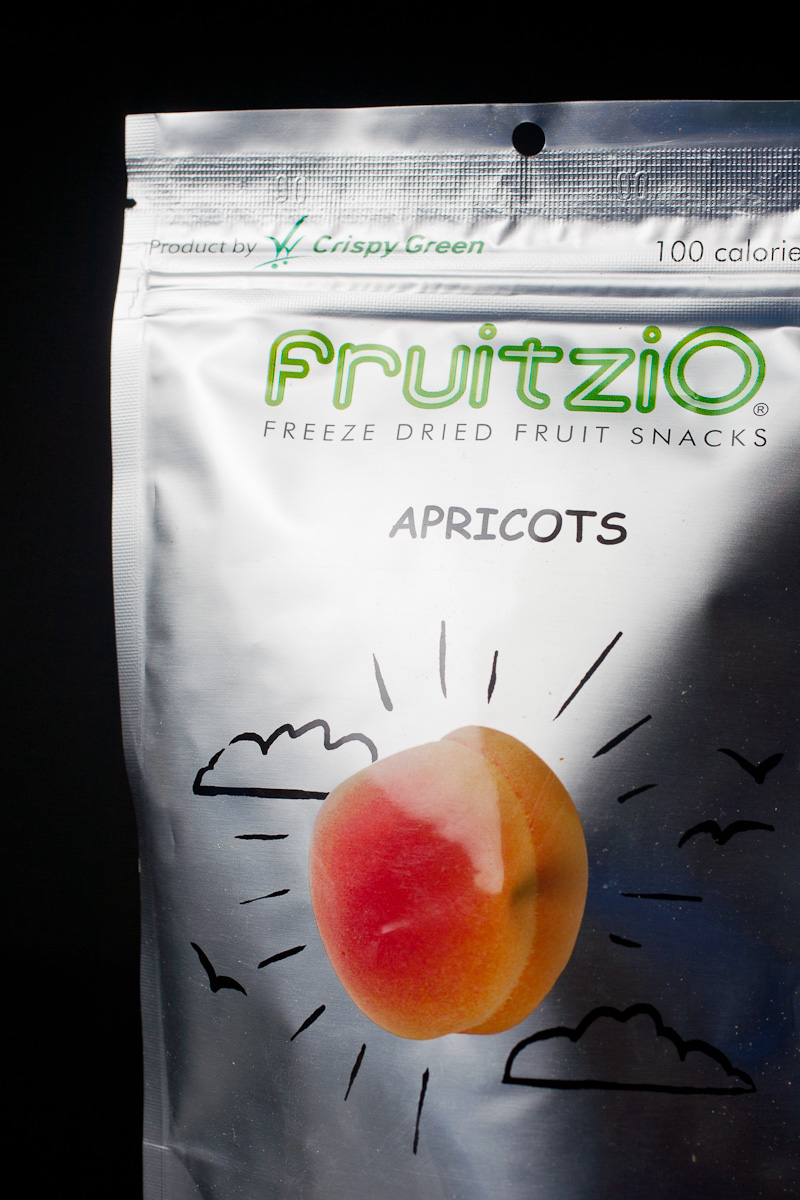
The granola tasted fragrant and toasty, but again not really sweet, which left the only sweet component to be the capsule itself. This is made from isomalt, fondant, dextrose, and freeze-dried apricot powder. The mixture is sifted onto a mat, baked until it melts into a thin, delicate sheet, then cut into sections. Warming the sections makes them pliable enough to wrap around the end of a dowel rod to form a cylinder. One end is capped around the dowel rod, the cylinder is filled with granola, and the other end is capped to encapsulate everything.
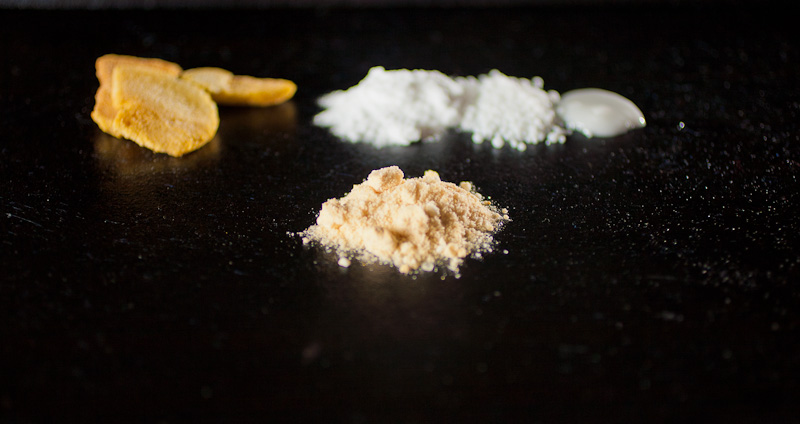
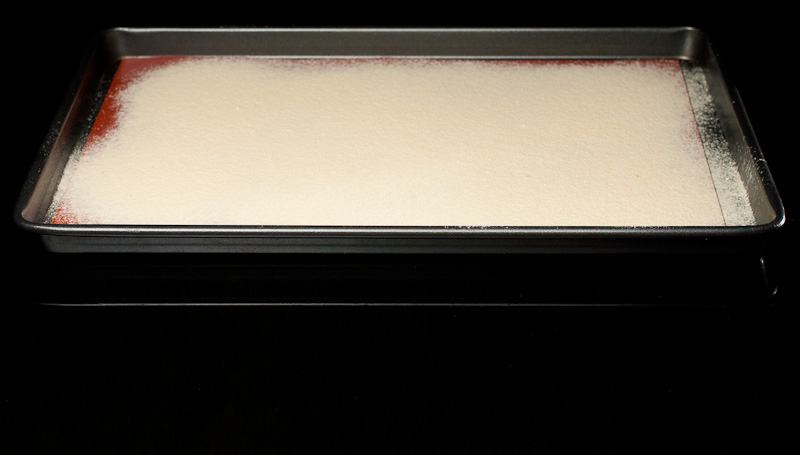
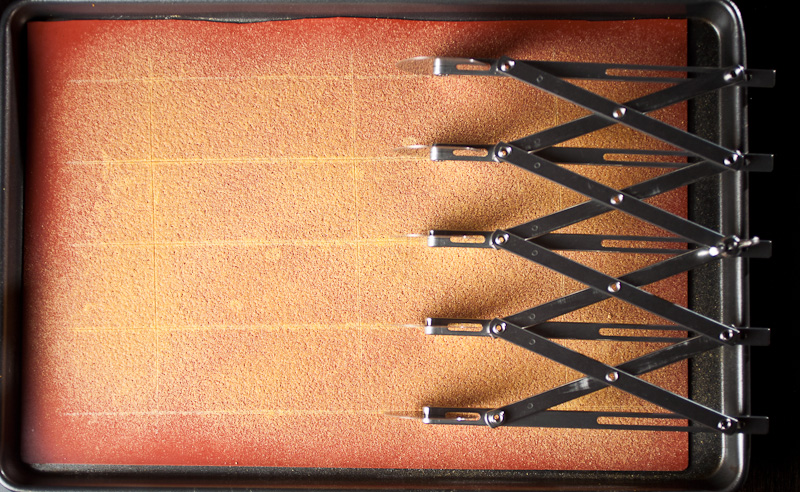
Having assembled everything, I was kind of excited to taste it all together. I knew it was supposed to be sweet, but none of the components really tasted sweet on their own, so tasting it all together would be the unraveling of a scooby-doo mystery for me.
Unfortunately, it didn’t quite work out that way. I tapped the capsule with my spoon and it cracked open beautifully, and I took a big bite of everything all at once. It tasted…like ‘stuff’. The hazelnut pudding tasted like uninteresting hazelnut pudding, the granola tasted like curry granola (also uninteresting), the apricot-curry sauce tasted like tangy Panda Express, and the apricot capsule tasted faintly sweet, but not enough to sweeten up the entire dish. I’m a bit perplexed by this. Sarah agreed, it tasted even less than the sum of its parts, and we were both more mystified than delighted.
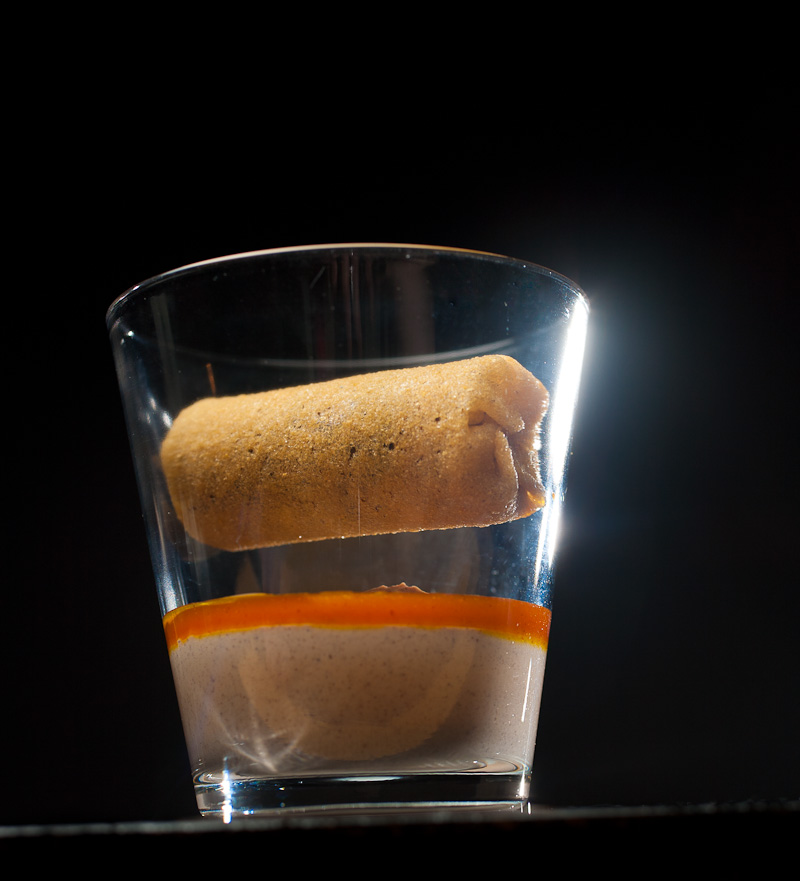
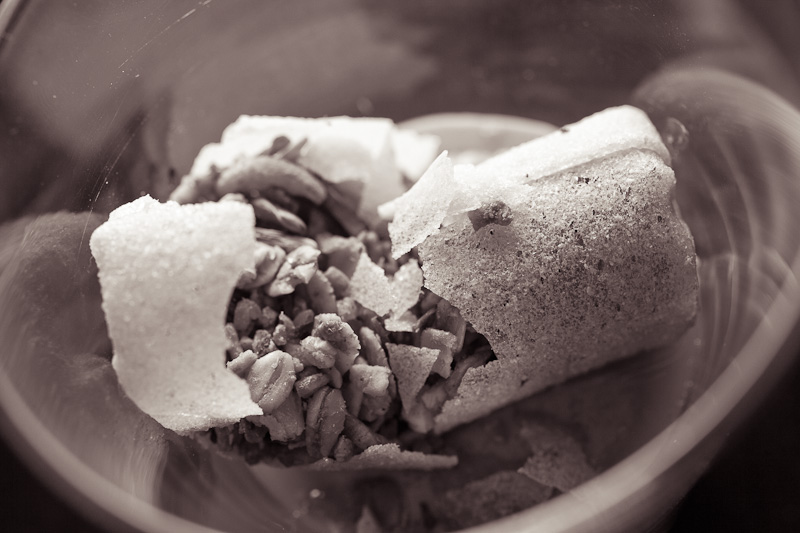
At this point it was pretty late at night, so I figured I’d plate one more serving, photograph it, and call it a day. The next morning when I woke up and looked through my photos, they looked as uninteresting to me as the dish itself tasted. I feel pretty strongly that if I’m not excited about something I’m shooting, the lack of inspiration is evidenced in the final photos. Sarah asked how they turned out, and I said “I think I’m gonna do this again” (meaning, plate another one). She asked “you’re going to remake the dish?” I started to say “No no, that’s not really necessary”, but then I noticed that I had PLENTY of leftover ingredients to do it. And I figured it might be fun to try to rebuild it using my palate rather than a recipe.
So I did.
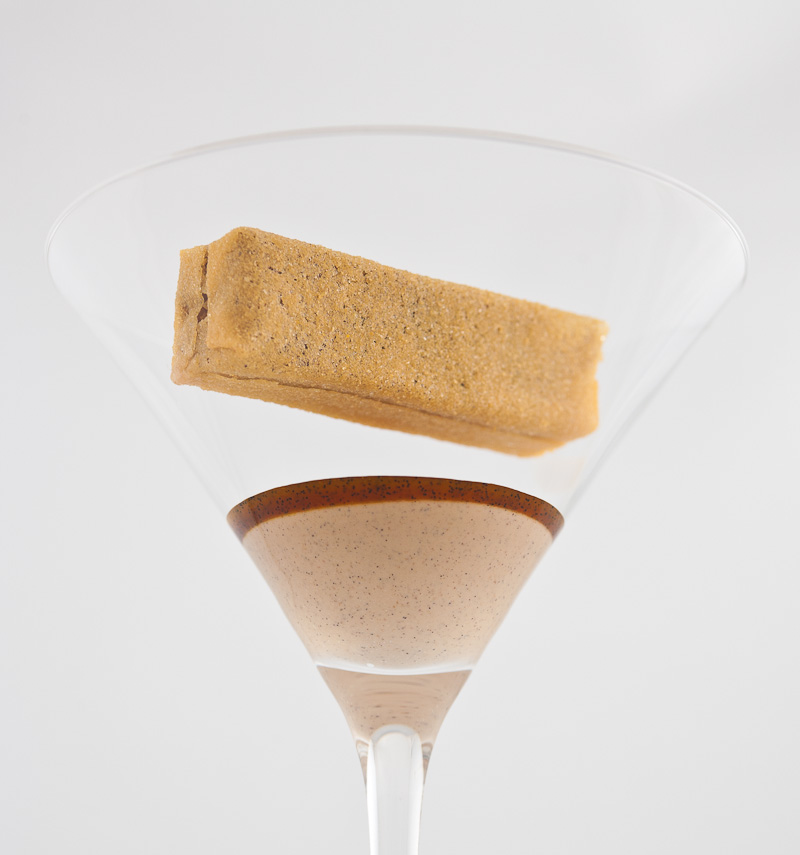
I spent the next few days rebuilding everything, tasting carefully as I went. For the hazelnut pudding, I included some vanilla to add another note, as well as half the salt and 1.5x the prescribed sugar. For the granola I doubled the honey, added an equal amount of brown sugar, about a tablespoon of molasses, and halved the curry. For the apricot-curry sauce, it hit me that a big part of why it tasted so odd was my use of stupid “Real Lemon” juice, rather than…well…REAL lemon juice. “Real Lemon” is pretty crap and just tastes like stale acid…I thought there was so little included in the recipe that it wouldn’t really affect things that much, but in hindsight I’m sure this was a mistake. Nevertheless, I remade this sauce with more vanilla, a few cardamom pods, and some simple sugar to amp up the sweetness, then used real lemon juice and almond oil to emulsify rather than canola oil.
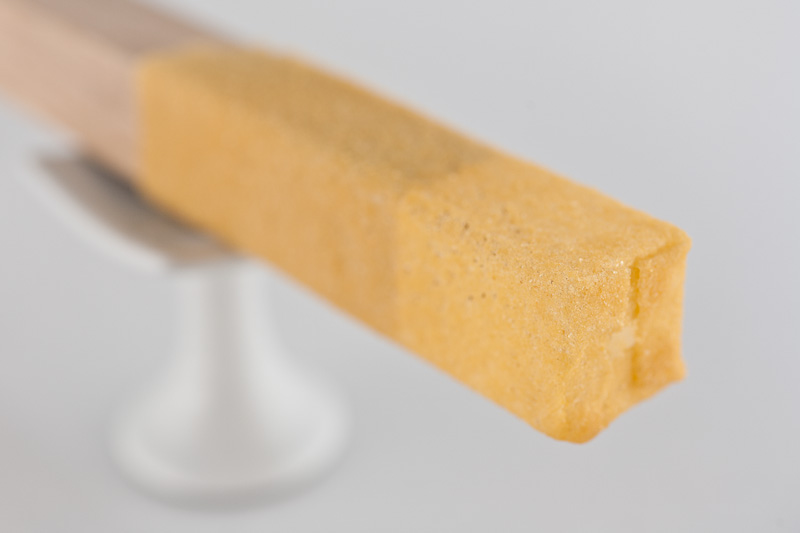
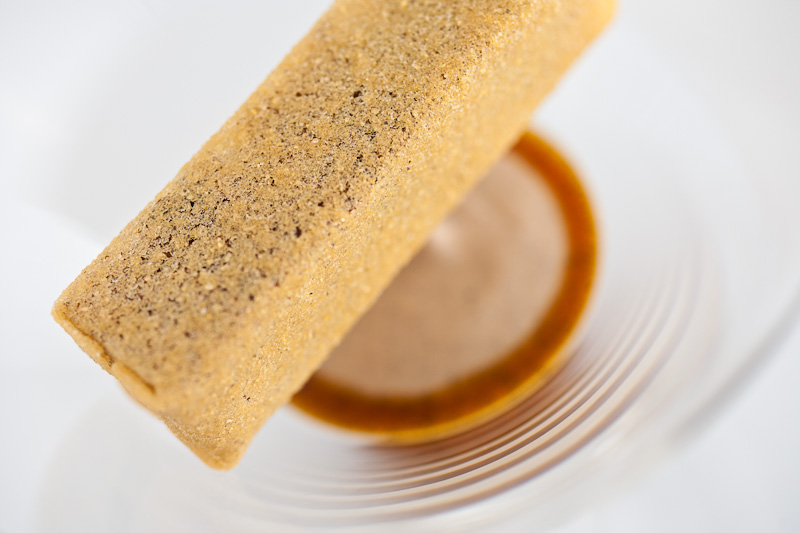
Even though none of these things are exactly revolutionary or even clever, and I’m clearly standing on the shoulders of giants here, what I ended up with was something that definitely tasted much better on all fronts to me. The pudding tasted more flavorful and complex, the granola tasted like sweet curry-scented granola (rather than like mysteriously-spicy cardboard), and the apricot-curry sauce tastes quite complex and ‘good’. Part of the challenge for me in general is having a light hand with things and not overdoing it, and in this case I feel like I succeeded! Feeling inspired in the kitchen led to me feeling more inspired with my camera too.
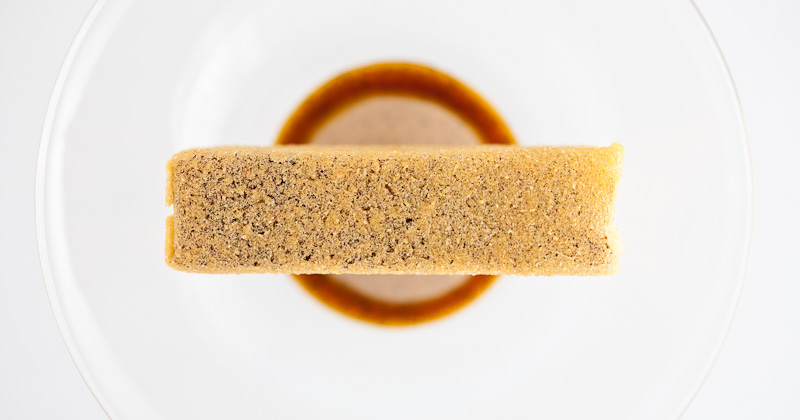
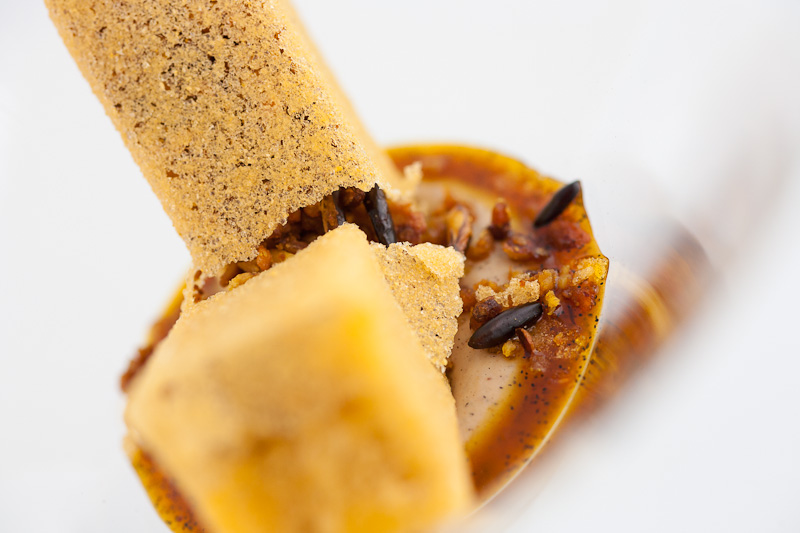
As for the photography: while I love my light tent, I’ve been missing the setup I had in New Zealand. Basically I had more ‘stuff’ and more space which afforded me some variety. The velvet backdrops in the light tent are nice but quite solid, and I like the idea of having some suggestion of texture for added interest in photos. Most of the photography done in the Alinea book was shot in the restaurant itself, atop the chocolate-black wooden tables they serve dinner on there. Our dining table has a red hue to it so it’s a little loud and distracting to shoot food on. Also, the light tent only really offers one kind of light; this can get a little repetitive for my taste.

I went to Home Depot and bought a sheet of plywood that had nice grain, and some dark chocolate stain. I laid down three coats of stain on each side of the board to get it good and dark. Then I put on a coat of 2-part epoxy resin. This stuff is used pretty often in restaurants like TGIFriday’s and the like; it’s relatively resistant to wear and offers a shiny finish with a lot of depth. Some people use this stuff to decoupage things onto their tables. Sarah and I used it, in fact, to laminate photos onto the bottom of skateboard decks once upon a time. My idea here was to make something that at low angles was quite reflective, and at higher angles showed off a neutral dark textural wood grain pattern (in computer graphics, this phenomenon is called ‘fresnel’–pronounced “freh-NEL”). I plan to varnish the other side of the wood with a satin finish, something that’s not so shiny and looks more naturally like a table top.



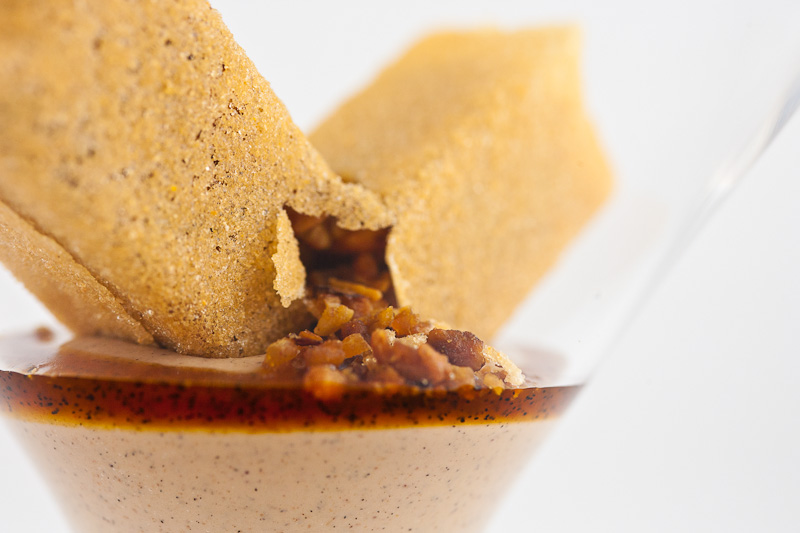
I adore the photo with the apricot syrup reflected by a Panda Express sauce bottle. Hilarious.
Heh, thanks andy! I had fun with that one. 🙂
I noticed the new photographing surface right away. Very nice. I like the variety that it offers.
ps. Both my husband and I squealed with delight when we saw that you had a new post today!